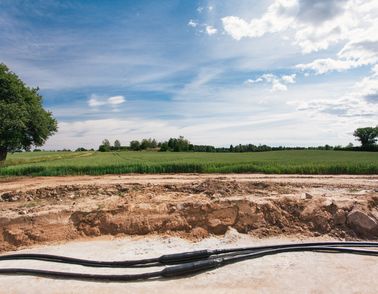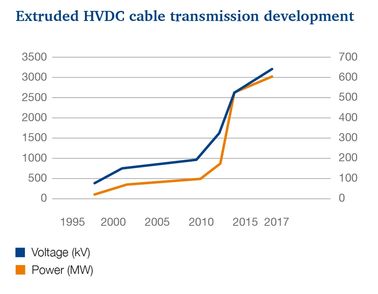525 kV XLPE DC Cable Systems – a key contributor in the green transformation
May 15, 2020
In May 2020, NKT won the first commercial order for a 525 kV extruded HVDC cable system with XLPE insulation for the 2 GW project SuedOstLink in Germany. The 525 kV cable system is a key element in developing a DC grid that can utilize renewable energy generation more efficiently.
- Press Releases & Events
- 525 kV XLPE DC Cable Systems – a key contributor in the green transformation




Loading...



